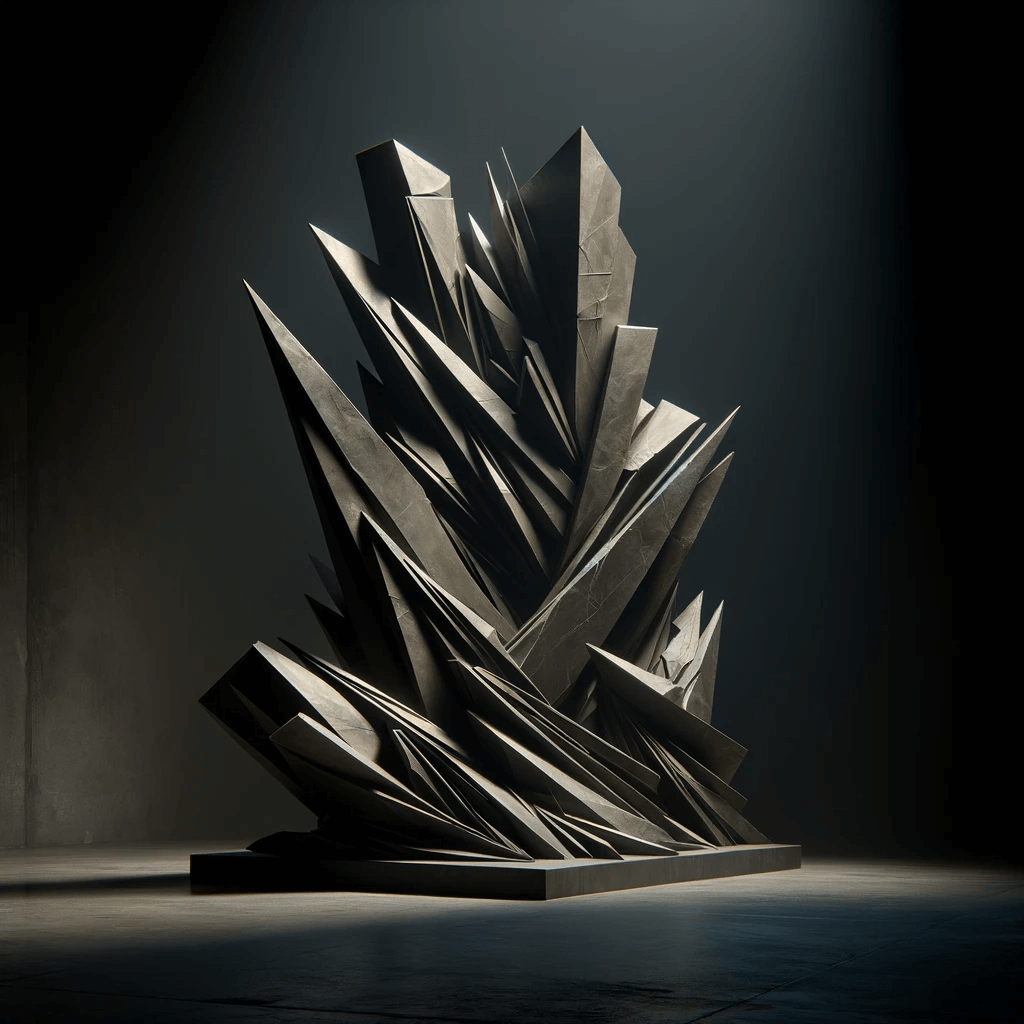Geometry of Fear

Geometry of Fear
Geometry of Fear represents an art style that emerged from a group of young British sculptors in the aftermath of World War II. This term, introduced by the art critic Herbert Read in 1952, captures the essence of the work displayed by these artists at the Venice Biennale's "New Aspects of British Sculpture" exhibition.
Characterized by distorted, anguished figures, the art of the Geometry of Fear school diverged from the traditional, smoother forms of earlier sculptures. Instead, these pieces often depicted human and sometimes animal forms appearing tortured, battered, or blasted, reflecting a collective sense of pain, guilt, and aggression stemming from wartime experiences.
The spiky and twisted sculptures are poignant expressions of the anxieties prevalent during the post-war era. Today, they serve as reminders and historical embodiments of the sentiments of their time, and their creators are considered among the greatest artists of the movement.
For collectors, auctioneers, and art and antiques experts interested in this poignant period of art history, subscribing for updates on new sales and auction events related to Geometry of Fear will ensure that they remain well-informed about available pieces from this influential movement.
| Country: | Europe, United Kingdom |
|---|---|
| Start of the period: | 1950 |